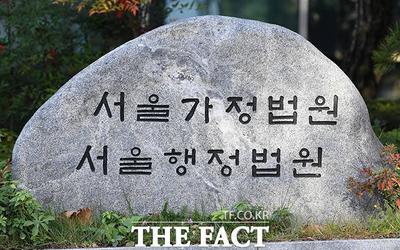Stay up to date with everything that is happening in the wonderful world of AM via our LinkedIn community.
As the Economic Times reportsImaginary, un’Indian company that deals with digital manufacturingsupported the rehabilitation of a 15-year-old girl, Anamta Ahmad, by 3D printing a biocompatible orthotic device following a complex post-amputation hand transplant. Made from rugged, biocompatible plastic materials, the device prioritizes comfort and long-lasting performance.
Anamta Ahmad, the youngest person in the world to undergo a shoulder limb transplant, had to deal with a difficult rehabilitation process after being electrocuted by 11,000 volt electrical cables. The complex nature of the surgery and the prolonged recovery period required a specialist approach to ensure adequate recovery and minimize discomfort. Imaginarium’s custom 3D printed orthotic device, tailored to Anamta’s needs, was instrumental in overcoming these challenges.
“We are proud to have contributed to Anamta’s recovery by pushing the boundaries of personalized healthcare,” said Aashay Mehta, CEO and co-president of Imaginarium. “There is nothing that requires more customization than the human body: no two people are the same, and not even our left and right sides are identical. This is why our work is so vital. Whether it’s surgery or the development of patient-specific implants, we have been at the forefront of 3D printed healthcare solutions for twenty years. Our goal is to continue to innovate and find new ways to meet each individual’s unique medical needs.”
“I completely trusted the doctor and his team of professionals, who made me feel optimistic about the surgery. Once the surgery was finished, I had to go through the recovery phase with a brace made to measure by Imaginarium. Knowing that I am the first hand transplant patient to receive a custom 3D printed brace excites me even more. The brace was not only functional, but also had an aesthetic value that reflected my teenage age, which I consider essential given the length of the recovery period,” said Anamta Ahmad. “Also, being exposed to high-level technologies and processes was a fascinating experience and the Imaginarium team members were incredibly supportive. I hope that this innovation will help many others like me to have a peaceful recovery process.”


